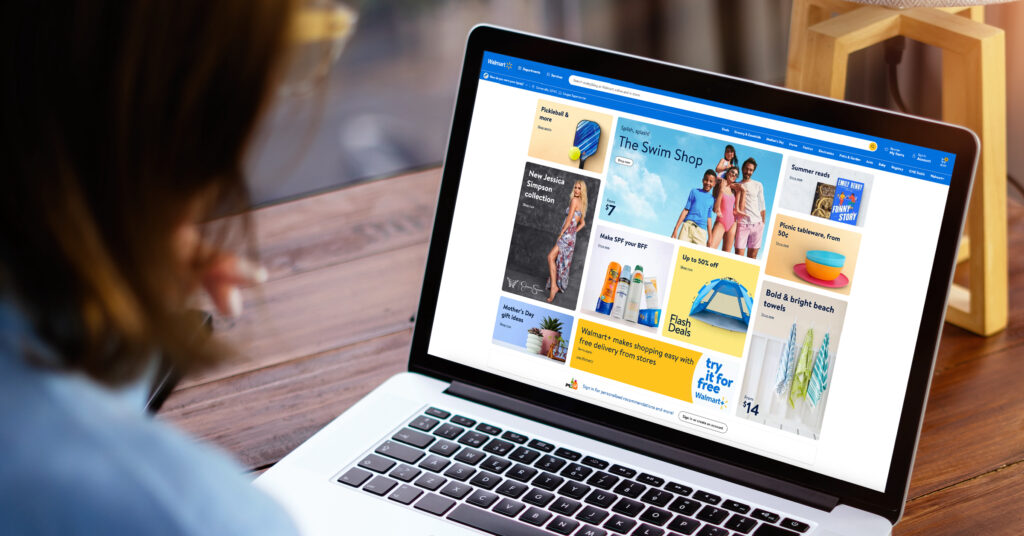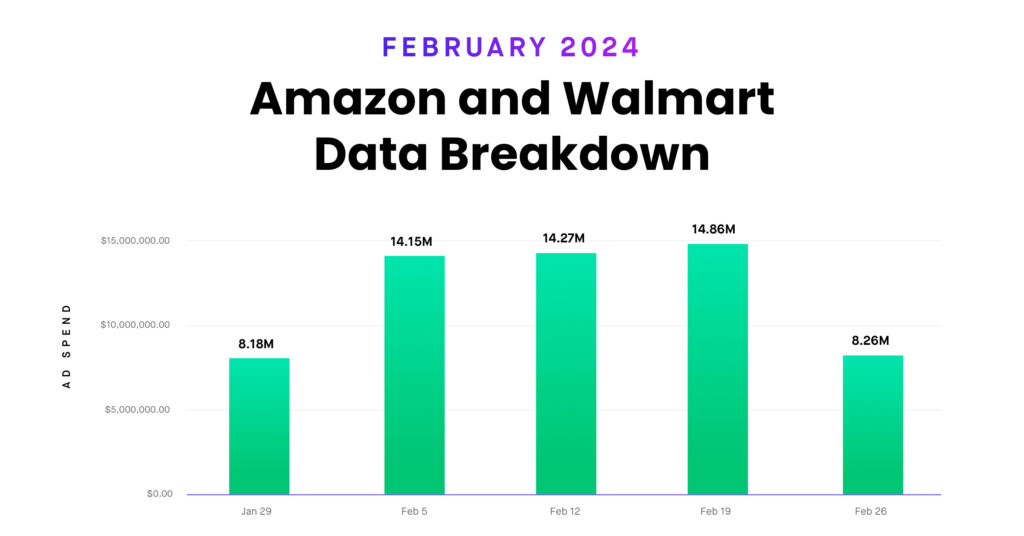Sponsored Products are one of the most popular Amazon advertising campaigns, and it’s easy to see why. They are the ad type most likely to get a positive return on investment. But even with the popularity and potential upside, many sellers make mistakes with Sponsored Products ads that hurt their chances of being seen or cause them to spend unnecessarily.
Here are some of the Sponsored Products mistakes to try and avoid:
1. Bad/Poor Keyword Selection
Keyword selection is at the core of any Amazon ad campaign, and choosing the wrong ones can lead to a variety of issues. For example, if you target keywords in your ads that don’t match what your audience is searching for, your ads won’t show up. For example, if someone types “red shirt” and you’re bidding on red shirts but don’t actually sell them, your ads won’t be seen.
The bottom line is that having bad keywords can lead to wasted ad spend on searches. It can also cause clicks on your ads that don’t lead to purchases, hurting your conversion rate.
Focus instead on keywords that are relevant to your product in a given ad group, have proven to convert for your products, and have a variety of match types.
2. Over Reliance on Automatic Campaigns
Auto campaigns are a powerful tool, but should be used sparingly and deliberately. Control is greatly limited on automatic campaign, and you can’t set bids on individual search queries. This can too easily lead to setting it and forgetting it (a big Sponsored Products mistake). Instead use auto campaigns to find keywords that you can add to your primary, manual campaigns.
3. Not Looking At Your Ad Conversion Rate
Amazon heavily weighs conversion rate probability when determining whether or not you win the bidding auction. To see if a keyword has a good conversion rate or not, find the average conversion rate for keywords in a given ad group. Then, rank your conversion rate against that. Consider pausing a keyword when its conversion rate is much lower than average, as long as the impact to your ad sales isn’t drastically changed.
4. Not Having a (Flexible) ACoS Goal
For every campaign you should have a clear goal or objective in mind. That goal should align with the max ad cost per sale you are willing to accept for a given campaign. Your goals will vary based on the stage of product life cycle. Therefore, your ACoS target (MACS) will as well.
For example, if you’re launching a product, you will likely be willing to take a higher ACoS and potentially lose money. On the other hand, for your best seller you likely want to make money on every single ad sale. Consider your goals and then calculate your break even ACoS. For instance, if your goal is profit, and your margin before ad spend is 30%, you’d want your ACoS target to be beneath 30%. This way, you know you’re making money on every single ad sale.
5. Not Giving Things Enough Time
Amazon’s algorithms care about historical data. You are more likely to see results the longer an ad runs and the more data gets collected. Don’t expect to see ACoS below your target right away, because there is no data associated with that campaign.
As long as you’re constantly adjusting your bids based off performance, you should see things pick up over time. Also, Amazon has a three day attribution window. This means that a click may not be attributed to a sale for up to three days in Amazon’s system. This is why you always want to look at performance over a longer period of time. Then, compare week over week changes. We recommend gathering 14 to 30 days of data to make inferences.
Sponsored Products Mistakes Happen, But They Don’t Need to
When advertisers don’t take the time to properly collect and organize their campaign data, mistakes like these will keep happening. But time is not something most sellers have in abundance. That’s why Teikametrics Flywheel was created, to give Amazon advertisers everything they need to organize campaign data, optimize their Amazon ads, and maximize profit. Try Teikametrics for free today.




